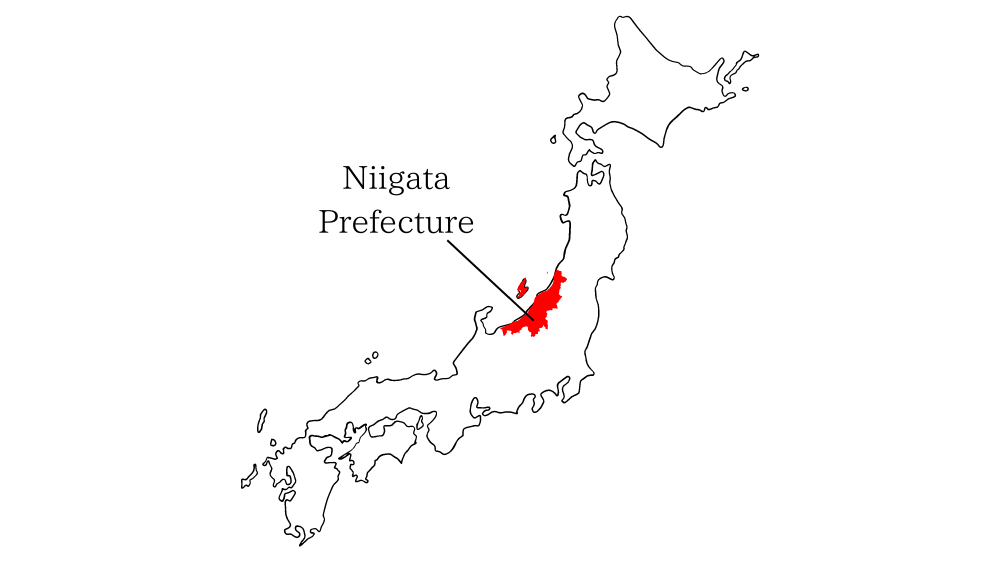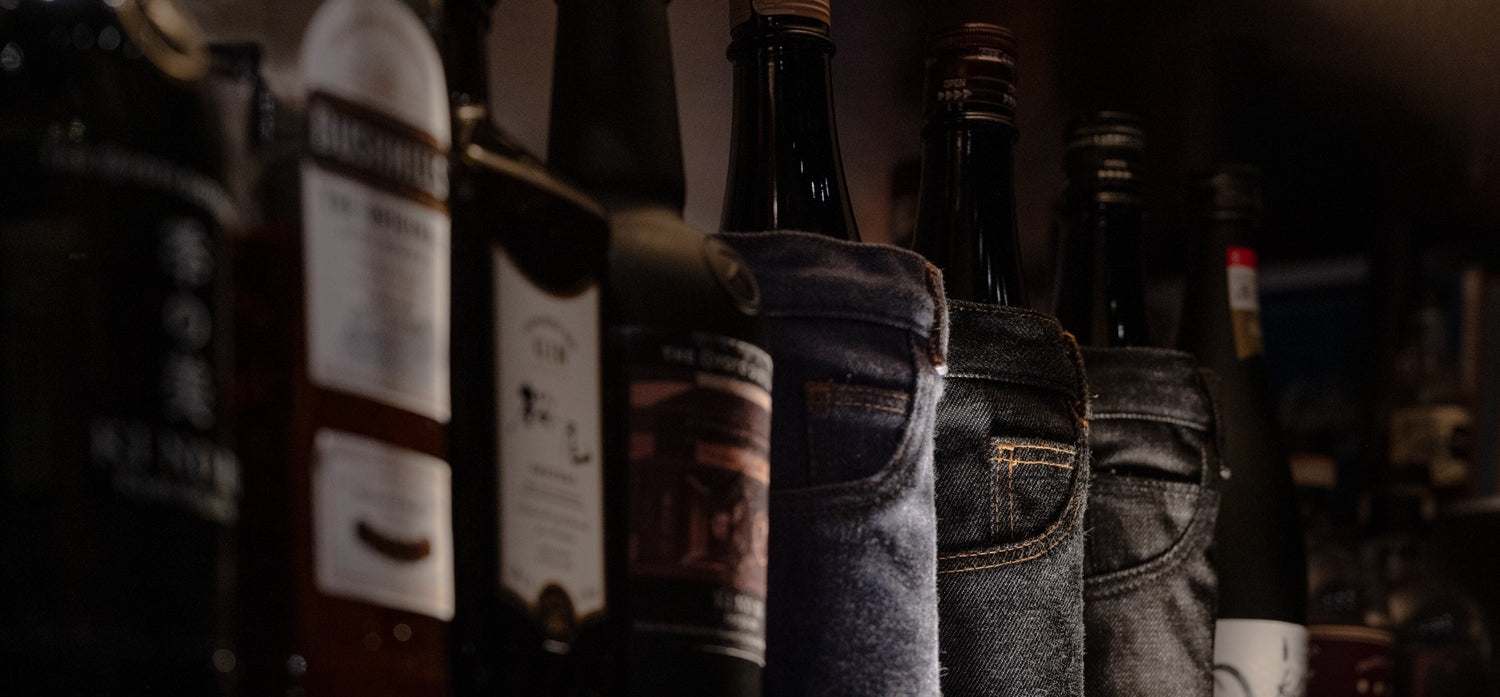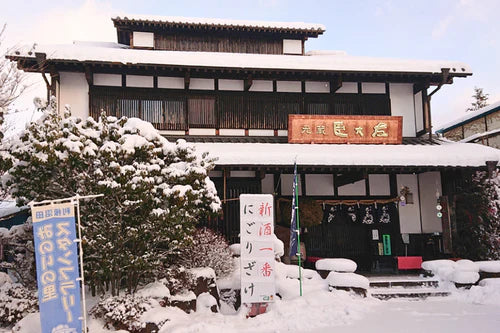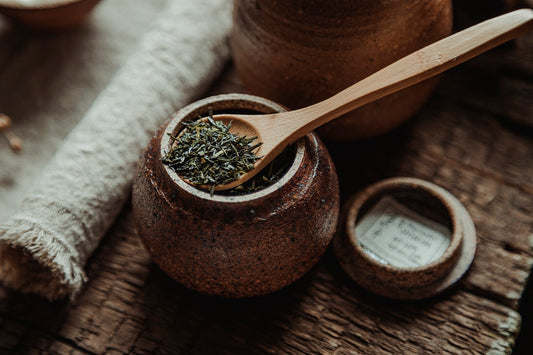Welcome to our ultimate sake guide! You're in the right place if you're a fan of this famous Japanese drink or just getting started. In this article, we'll dive into everything you need to know about sake, including its production process, the significance of the rice polishing ratio, the best ways to enjoy it (hot or cold), and the perfect food pairings.
Keep reading to discover the world of sake, or jump straight to the sections that interest you most.
CONTENTS
What is Sake?
How is sake made?
Rice Polishing Ratio
Why the Rice is Polished
What are the different types of sake?
Sake alcohol content
Low Alcohol Sake
High Alcohol Sake
Enjoy sake at different temperatures
Some Are Best Served Chilled
What food to pair with sake
How to serve and drink sake
Special sake from different regions of Japan
Niigata: The Sake Hub
Jizake: The Ultimate Regional Taste
Mastering Sake: Your Head-Start
What is Sake?
Some of you reading this will ask yourselves, "What is sake?" Well, sake is a traditional Japanese alcoholic beverage made from rice, and its history dates back hundreds of years.
While you're probably familiar with wine and beer made from grapes and malt, alcohol made from rice might seem strange initially, but trust us when we say it's delicious!
Alcohol is classified into two categories:
- Distilled alcohol - such as whiskey and brandy
- Brewed alcohol - such as beer and wine
Sake falls into the brewed alcohol category along with wine and beer, as the cooked rice is fermented with yeast to produce this alcoholic drink. Due to the nature of the brewing process, most sake has an alcohol content of between 5 and 20%.
How is Sake Made?
The beautiful thing about sake is the simplicity of the ingredients. Sake is made from only rice, rice yeast, known as koji in Japan, and finally, water. Some sake does include the addition of brewer's alcohol, but we'll touch on this later when we discuss the different types of sake.
There are countless sake brands. They all have entirely different tastes and aromas depending on where the rice comes from, the type of rice used, and even which water is used.
That said, the typical steps taken to make sake are:
- Polishing the rice
- Washing and soaking the rice
- Steaming the rice, which cooks it
- Adding the yeast (koji) to start the fermentation
- Brewing the sake
- Making unrefined sake (this is the step to make nigori sake which is unpasteurized sake)
- Pressing
- Storage and aging
- Bottling the sake

The production process can vary depending on different aspects, such as the water quality, the region's climate, and each brewery's methods.
With the advancement of brewing technology, many breweries have introduced machinery to help them mass produce sake. That said, other breweries have decided to stick to traditional methods, only making small quantities and doing everything by hand, which is highly labor-intensive.
Rice Polishing Ratio
One part of sake that is a must to learn about is the rice polishing ratio or RPR for short. Sake is categorized based on this rice polishing ratio, and not only that, but the taste, aroma, and price also vary greatly depending on this.
The polishing ratio refers to the percentage of rice left to brew after shaving the outside layer. For example, a sake with a polishing ratio of 60% has had 40% of the outer surface of the rice removed.
Why the Rice is Polished
The reason for milling the rice is to remove protein, fat, and other nutrients from the surface of the rice, which can be a wild card in terms of taste. That said, the rice's protein and fat help give sake that unique umami flavor Japan loves. Umami roughly translates to "a pleasant savory taste" in English. Losing too much of this outer rice surface can result in bland sake, which is different from what breweries want.
Before, we said that sake is a complex drink to learn about. The complexity is especially true when discussing the polishing ratio, as a low percentage doesn't necessarily mean a better sake. Generally speaking, sake with a high rice polishing ratio will have a full-bodied, mellow flavor, while sake with a low rice polishing ratio will have a clean and light taste. The taste and aroma also vary based on how the rice is polished.
 The Connection of Sake and Rice Polishing
The Connection of Sake and Rice Polishing
What Are the Different Types of Sake?
We can divide sake into three different types. These are:
- Junmai sake
- Ginjo sake
- Honjozo sake
Two factors determine these categories, which are:
- The rice polishing ratio
- Whether or not brewer's alcohol was added during the production process
In the world of sake, there are three categories of classification based on the rice polishing ratio: Honjozo, Ginjo, and Daiginjo. Sake with a polishing ratio of 70% or less is classified as Honjozo, while those with 60% or less and 50% or less are classified as Ginjo and Daiginjo, respectively. In Japan, where sake is known as nihonshu, these categories are called honjozo-shu, ginjo-shu, and daiginjo-shu.
Another classification of sake is based on the ingredients used in its production. Sake made using only rice, rice malt (yeast), and water is labeled as junmai. We can further divide these classifications into four categories based on the rice polishing ratio.
- Junmai
- Tokubetsu Junmai
- Junmai Ginjo
- Junmai Daiginjo
Suppose brewer's alcohol was added to the production. In that case, we can't classify the sake as "junmai," so we put it into one of these four categories:
- Honjozo
- Tokubetsu Honjozo
- Ginjo
- Daiginjo

Sake that does not fall into any of the eight categories listed above, known as the Tokutei Meisho-shu (Special Designation Sake), is called Junkan-shu. In English, this translates to general sake.
Another criterion that the sake needs to meet to not fall into the general sake category is that one can only add less than 10% of brewing alcohol to the weight of white rice. If more than this amount is included, sake brands can no longer label the sake as Honjozo, Ginjo, or Daiginjo. The table below shows that each classification generally produces a different taste.

Sake Alcohol Content
Sake has a similar level of alcohol content to that of red or white wine, about 15%. Beer is usually 4-6%, and whiskey is around 43%.
Nowadays, many sake brands are also experimenting with low-alcohol sake and sake higher than the average of 15%, even reaching the maximum allowed by law of 22%. In Japan, anything above 22% can't be classed as sake due to the Liquor Tax Law.

Here at Sakura Town, we carry a wide variety of sake ranging from as low as 7% alcohol to our highest alcohol content sake of 17%.
Low Alcohol Sake
Low-alcohol sake has a lighter flavor making it easier to drink, and it's best to enjoy chilled. It has a good balance of sweetness and acidity. Even though it is made from rice like all other sake, it usually has a floral and fruity aroma. We recommend drinking this type of sake as an aperitif since it is soft and easy to drink, similar to white wine. We sell three low-alcohol sakes: Sake de Swan, Junmai The, and our sparkling sake, Bubble.
 Learn more about low-alchol sake
Learn more about low-alchol sake
High Alcohol Sake
On the other hand, sake with higher alcohol content (18-22%) is sharp and robust, which allows you to enjoy the authentic flavor of sake. If you like alcohol with a richer taste and less fruity, we recommend a sake with a higher ABV percentage. While we don't currently stock sake between this 18 to 22% range, our most potent sake is Kamihotoke at 17%.
Enjoy Sake at Different Temperatures
Did you know that sake can be enjoyed hot, cold, or at room temperature? Unlike other alcohols, sake can be warmed up, making it unique. For instance, cold sake is perfect for a hot summer day, while warm sake has a fuller flavor that's perfect for a chilly evening. But don't worry about following the rules too closely!
In Japan, people drink sake from temperatures as low as 41°F or lower to 142°F (5-60°C). Drinking sake at different temperatures lets you savor the differences in its aroma. Try cooling your warm sake down slowly in the cup, and you'll notice some subtle differences in taste.

If you're feeling adventurous, try drinking your sake at different temperatures to discover new characteristics beyond cold or warm. So go ahead and enjoy your sake at whatever temperature you fancy!
Some Are Best Served Chilled
But not all sake is suitable for warming. If sake has a strong aroma, it can become unpleasantly sweet when overheated. This type of sake is best chilled for a crisp, refreshing flavor. On the other hand, sake with a robust rice flavor is perfect for warming as it enhances its aroma. And remember never to warm up sparkling sake.
What Food to Pair with Sake
Regarding what food to eat with sake, sushi and sashimi often come to mind when pairing them with Japanese food. Sake is a perfect match for other Japanese food, too, like meats and soups, but it even matches well with different cuisines worldwide.
Sake is excellent to enjoy with dishes with intense flavors and many spices. This is because sake helps enhance the flavor of these rich dishes rather than restrict the taste. We also want to inform you of a pairing made in heaven: sake with dairy products such as cheeses and buttery dishes.

Next time you're drinking sake, please feel free to pair it with other cuisines, not just Japanese. Here in Japan, we also drink sake with French, Italian, Spanish, and even Chinese food.
How to Serve and Drink Sake
Sake is a great alcoholic beverage for many occasions. You can enjoy it at a party or home with family and friends during a meal. When enjoying sake with others, it is customary to pour sake for the people you're with instead of for yourself. Also, when someone pours it for you, you should hold up your cup with two hands to receive it. It's a common practice in Japan when it comes to serving sake.

Plus, although sake might come in a small cup, instead of drinking it all at once like a shot, you should sip it to savor the flavors in your mouth and the aroma you can smell. If you want to learn more on this topic, we have a dedicated guide on how to drink sake correctly.
Sake from Different Regions of Japan
Sake is a beloved drink in Japan, and it's no wonder why, as there are approximately 1,600 sake breweries nationwide. While this may seem like a lot, the number of breweries has decreased since a peak in domestic sales in 1973.
Niigata: The Sake Hub
Out of all the prefectures in Japan, Niigata has the most sake breweries. One of the main reasons for this is the region's high rice production, which produces many high-quality sakes there. The prefecture's history also plays an important role, with many of the most popular breweries established over a century ago.

Jizake: The Ultimate Regional Taste
Additionally, some sake brands produce jizake, made using local ingredients and influenced by the region's unique climate. Japan's climate ranges widely from north to south, so the taste and characteristics of jizake vary significantly depending on the area.
While jizake is typically only made and enjoyed locally, in recent years, the delicious taste of these regional sakes has attracted wider attention, with many people seeking out these hidden gems. It's worth noting that jizake is not mass-produced, so they can be harder to find, but seeking them out can be a worthwhile and exciting endeavor for sake enthusiasts.
Mastering Sake: Your Head-Start
We hope this sake guide has helped give you a better understanding of what sake is, how it's made, and what food to pair it with. Throughout this article, we linked to more in-depth content that covers those topics, so please explore those if you want to continue expanding your newfound sake knowledge.
Sake can be complex, but don't worry if it initially seems overwhelming. Even many Japanese people find it challenging to learn about sake, despite being exposed to it for most of their adult lives. If you're new to the world of sake and looking for recommendations, check out our list of the best sake for beginners.
We hope this sake guide has inspired you to explore this delicious and unique beverage further. Cheers to your sake journey!






